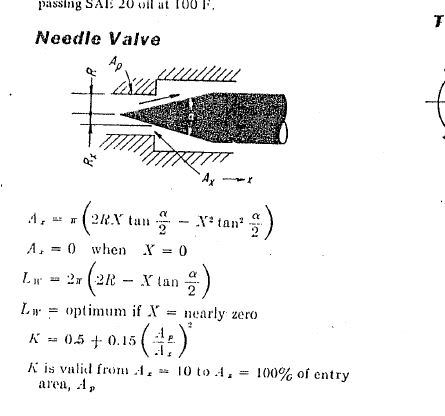Ahsan96
Mechanical
- Mar 3, 2024
- 9
Hi Members,
I have just started working on control valves such as Choke Valves, the typical needle and stem type. Now I am looking for reading material or general calculations I can use to calculate Pressure loss and Cv Value theoretically for choke valves, which I can later verify through actual experiments.
Regards,
AAI
I have just started working on control valves such as Choke Valves, the typical needle and stem type. Now I am looking for reading material or general calculations I can use to calculate Pressure loss and Cv Value theoretically for choke valves, which I can later verify through actual experiments.
Regards,
AAI

